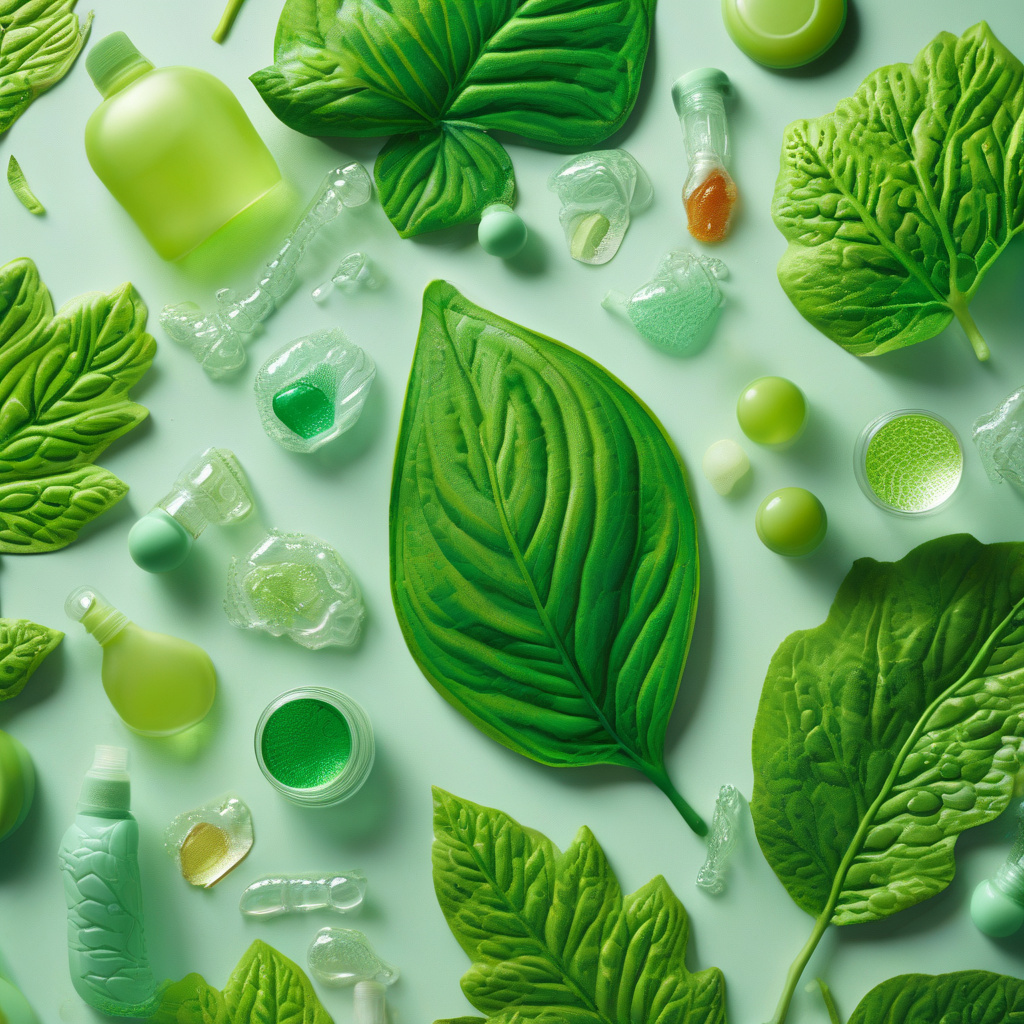Leaf-inspired breakthrough makes bioplastics stronger, smarter, and truly compostable
The humble leaf could hold the blueprint for bioplastics that neither pollute nor crack under pressure. In a groundbreaking development, researchers have drawn inspiration from nature to create bioplastics that are not only strong and durable but also fully compostable, offering a sustainable alternative to traditional plastics that clog landfills and oceans.
One of the key challenges in the quest for eco-friendly plastics has been finding a material that can match the strength and versatility of conventional plastics while also being biodegradable. Traditional bioplastics, derived from sources such as corn or sugarcane, have often fallen short in terms of performance and environmental impact. However, a team of scientists has turned to the natural world for solutions, studying the unique properties of leaves to design a new generation of biodegradable plastics.
Leaves are remarkable structures that have evolved over millions of years to be lightweight yet incredibly strong. They are able to withstand physical stress, such as wind and rain, while also being capable of efficient nutrient transport and gas exchange. By mimicking the hierarchical structure of leaves at the molecular level, researchers have been able to create bioplastics that exhibit similar strength and resilience.
One of the key innovations in this leaf-inspired bioplastic is its enhanced toughness, which makes it less prone to cracking or breaking under pressure. This durability is essential for applications where traditional plastics are currently irreplaceable, such as in packaging, automotive parts, and medical devices. By improving the mechanical properties of bioplastics, this new material opens up a wide range of possibilities for sustainable manufacturing.
Moreover, these leaf-inspired bioplastics are not only strong but also smart. Researchers have incorporated bio-based additives that enhance the material’s performance in specific conditions, such as increased heat resistance or UV protection. This customization ability allows manufacturers to tailor the bioplastic to meet the requirements of different applications, further expanding its potential uses across industries.
Perhaps the most significant advantage of these leaf-inspired bioplastics is their true compostability. Unlike conventional plastics that can linger in the environment for hundreds of years, these biodegradable materials break down into natural compounds within a matter of months. This means that products made from leaf-inspired bioplastics can be disposed of in composting facilities, where they will decompose without leaving harmful residues behind.
The development of these innovative bioplastics marks a major step forward in the fight against plastic pollution and the transition towards a circular economy. By harnessing the wisdom of nature, scientists have created a material that not only reduces our reliance on fossil fuels but also minimizes the environmental impact of plastic waste. As consumer awareness of sustainability grows, products made from leaf-inspired bioplastics are poised to become increasingly popular in the market.
In conclusion, the leaf-inspired breakthrough in bioplastics represents a triumph of biomimicry and innovation. By emulating the efficiency and resilience of natural systems, researchers have developed a material that is not only stronger and smarter but also truly compostable. As we strive to build a more sustainable future, these bioplastics offer a glimpse of the possibilities that arise when we work hand in hand with nature to solve pressing challenges.
bioplastics, sustainability, innovation, compostable, circular economy












